Sodium Alginate
Your reliable sodium alginate supplier!!!
What is Sodium Alginate
Sodium Alginate (E401 stabilizer) is derived from various species of brown seaweed found off the coasts of the North Atlantic, South America and Asia. It's used for thickening, stabilising, gelling and film-forming purposes, honored to be the exciting hydrocolloids widely explored by scientific groups.
As the sodium alginate supplier and exporter in China, Gino is dedicated to supplying superior alginate products from reliable sodium alginate manufacturer. Meanwhile, we can offer tailor-made solutions perfectly matched to your needs.
Should you have any questions please feel free to send an email to [email protected].

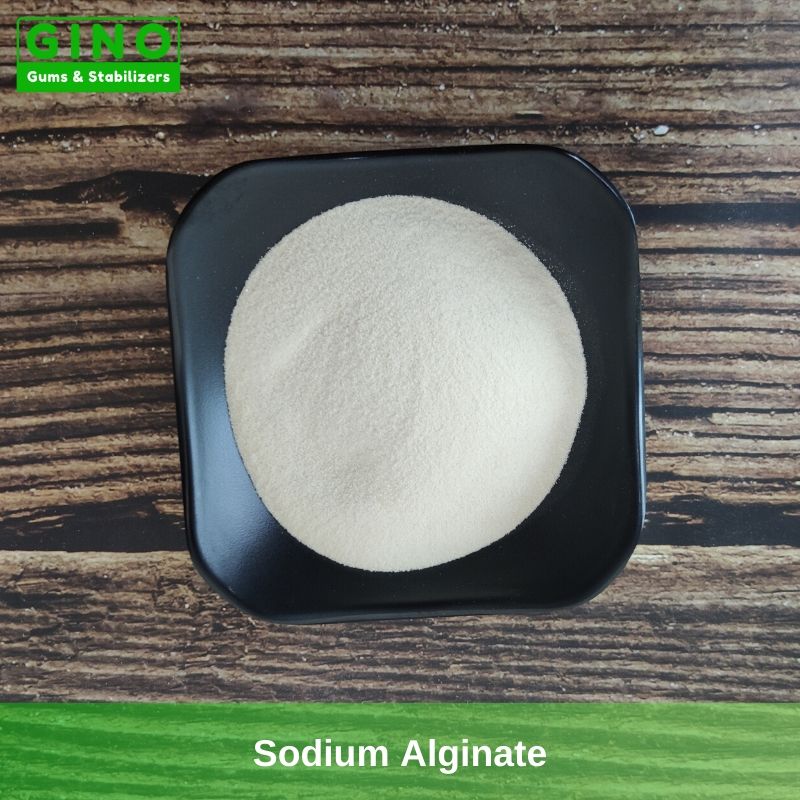
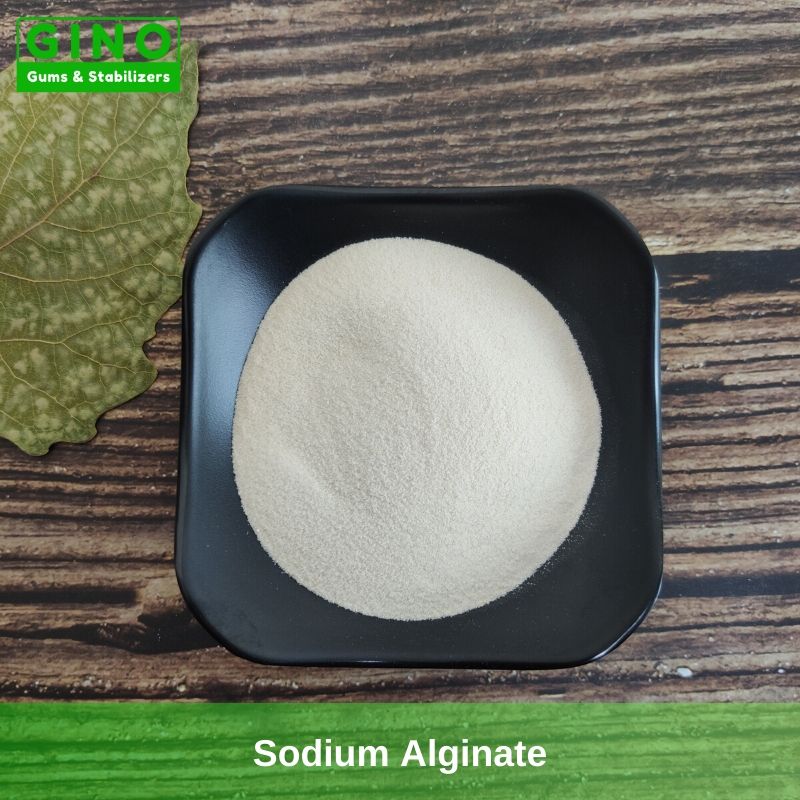
Sodium Alginate
| Category | Thickeners, Stabilizers |
|---|---|
| E Number | E401 |
| CAS No. | 9005-38-3 |
| H.S. Code | 391310 |
| Origin | China |
| MOQ | 500 KG |
| Packaging | Bags |
| Payment Term | T/T, L/C |
GINO_Your Premier Sodium Alginate Supplier
Our Product Range
By Grades
By Viscosities
All-In-One Specification
| Sensory Characteristics: | |
| Appearance | Light yellow or milk white powder or granular |
| Chemical And Physical Characteristics: | |
| Grain Size | As per requirement (Granular, 30/60/80/100/120/170/200 mesh) |
| Viscosity (mPa.s, 1% solution, 20°C) | As per requirement (Ultra & Low Viscosity: 20-100, 100-200; Medium Viscosity: 200-500, 500-800, 800-1000; High Viscosity: 1000-1500, 1500-2000, ≥2000) |
| Loss on drying (105°C, 4h) | ≤ 15% |
| pH (1% solution) | 6.0 - 8.0 |
| Ash (dry basis, %) | 18.0 - 27.0% |
| Water insolubles (dry basis) | ≤ 2.0% |
| Arsenic (As) | ≤ 3 PPM |
| Lead (Pb) | ≤ 5 PPM |
| Mercury (Hg) | ≤ 1 PPM |
| Cadmium (Cd) | ≤ 1 PPM |
| Microbiological Characteristics: | |
| Total plate count | ≤ 5000 cfu/g |
| Yeast & mould | ≤ 500 cfu/g |
| E. Coli | Absent in 5 g |
| Salmonella | Absent in 10 g |
Our Packaging
PP Woven Bag Kraft Paper Bag Carton Box Fiber Drum Square Tin Box

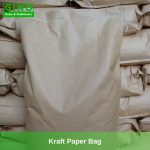

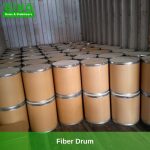

Sodium Alginate Formula
Sodium alginate is the sodium salt of alginic acid. Its chemical formula is (C6H7NaO6)n.
Sodium Alginate Structure
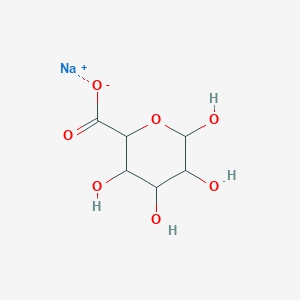
Sodium Alginate Gel
The gel forms by chemical reaction, the calcium displaces the sodium from the alginate, holds the long alginate molecules together and a gel is the result. No heat is required and the gels do not melt when heated. This is in contrast to the agar gels where the water must be heated to about 80°C to dissolve the agar and the gel forms when cooled below about 40°C.
Sodium Alginate Properties
It provides a unique combination of properties including cold solubility, cold-setting gels, non-melting gels (heat/temperature independent) and freeze-thaw stable gels.
Temperature (gels and melts): not affected by temperature. Gel is heat stable up to 150 °C (302 °F) but prolonged heat treatment at low or high PH may destabilize the gel.
Texture: Thermo irreversible rigid and brittle gel in the presence of calcium. The higher the concentration of alginate and calcium, the harder the gel produced.
Appearance: clear and transparent.
Flavor release: as most hard set gels, poor flavor release.
Mouthfeel: lingering and sticky.
Freeze / Thaw stable: yes, in most applications.
Syneresis (weeping): yes, increases with gel strength.
Shearing: breaks gel.
Is Sodium Alginate Safe
Is sodium alginate safe? Is sodium alginate safe to eat? Is sodium alginate edible?
Yes, it has been approved safe by the U.S. Food and Drug Administration (FDA) and European Food Safety Authority (EFSA), as well as the Joint FAO/WHO Expert Committee on Food Additives (JECFA).
Sodium Alginate Benefits
Sodium alginate is a non-digestible carbohydrate and the FDA intends to propose it in the list of dietary fibers. It has the benefits of lowering blood sugar, blood pressure, cholesterol levels and other health effects.
Sodium Alginate Applications
What is Sodium Alginate Used for?
Alginic acid is used as a hydrocolloid in various applications such as food manufacturing, pharmaceuticals and in textiles and cosmetics, particularly as an emulsifier, and is also used in dentistry to make molds. More recently, alginate have been studied extensively due to its tissue compatibility and use in tissue engineering, including the regeneration of skin tissue, cartilage, bone, pancreas, liver, muscles and nerves (Lee and Mooney, 2012), in addition to being used in the encapsulation of cells for the controlled release of drugs.
Sodium Alginate in Food:
In food applications, alginates provide texturizing properties such as thickening, stabilizing, and gelling.
Restructured foods
- Onion rings
- Pimiento fillings for olives
- Fruit fillings and dried fruit pieces
- Fish, meat and poultry
- Anchovy olive fillings
- Apple pieces for pie fillings
Cocktail berries - Meat chunks for pet food
- Shrimp-like fish products
- Fish patties
- Salad dressings (PGA)
- Mayonnaise (PGA)
- Ketchup, tomato sauce
- Low-calorie margarine/spreads
- Desserts and dairy products
- Instant desserts
- Jelly, puddings
- Mousse
- Thickened cream
- Bake-stable filling creams
- Bake-stable fruit fillings
- Extended shelf-life baked goods
Jams and marmalades
- Fruit preparations for yogurts and ice cream
- Low sugar jam
- High-quality marmalade with high fruit content
Ice cream
- Ice cream
- Sorbet (PGA)
Toppings, sauces and ripple syrups
- Cheese sauce
- Ice cream ripple syrup
- Beers, lagers (PGA)
- Juice, squash (PGA)
- Liqueurs (PGA)
Sodium Alginate in Non-Food:
- Biotechnology: Immobilization of bacteria and yeast
- Sodium Alginate in Cosmetics: To help retain moisture in cosmetics. As a bubble stabilizer and thickener in shampoo.
- Pet Food: Alginate-gelled chunks
- Feed: Fish feed
Sodium Alginate In Textile Printing: As thickener for the paste containing the dye
- Related Products
- Contact Form
We focus our main attention on various kinds of high quality Hydrocolloids and Stabilizing systems.
Gino is one professional and experienced sodium alginate supplier and manufacturer in China. Mesh size and Viscosity all could be customized.
So, please complete the fields below to get the latest sodium alginate price.



